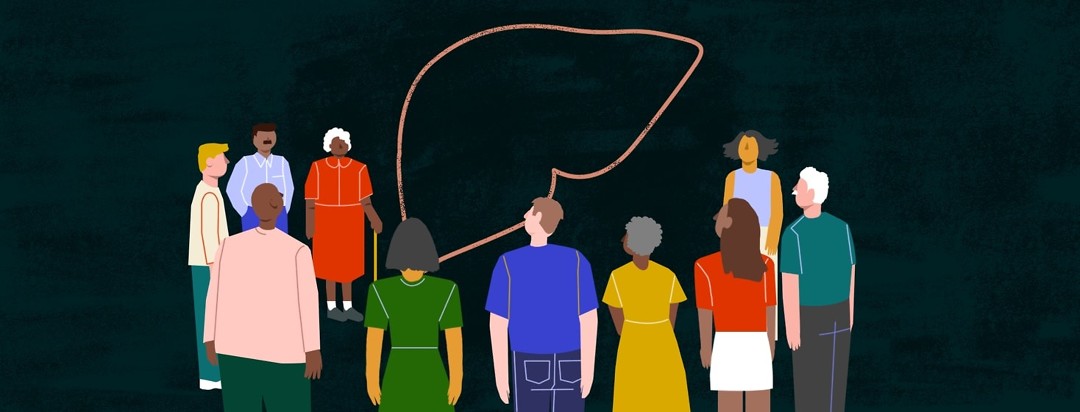Liver Transplants for Hepatitis C: Who Needs Them, Who Gets Them, and Who Survives?
A liver transplant is a surgery to replace a liver that is no longer working with one that does. Chronic hepatitis C is the most common reason for a liver transplant.1
If a person with chronic hepatitis C needs a liver transplant, there are a few steps that happen. First, their doctor will refer them to a transplant center. Then a team of specialists will perform some tests to decide if a person is a good candidate for a transplant. Good candidates are put on the national transplant waiting list. Many factors can affect a person’s chance of getting a liver transplant, but your doctor is the best person to ask about your individual circumstances and health.
Risk factors that affect who gets a liver transplant
According to recent research, the following factors may impact which patients are mostly likely to receive a liver transplant:
MELD score
When a person is put on the waiting list, they are given a number called a MELD score. MELD stands for Model for End-stage Liver Disease. The score is based on the results of blood tests and whether the person is on dialysis. MELD scores go from 6 to 40. A higher score means a person is sicker and in greater need of a transplant. Typically, a person with a higher MELD score would get a liver transplant faster than someone with a lower MELD score.
Type of insurance
Several studies have looked at whether insurance type affects who gets a liver transplant. A study from 2020 found that people with Medicare or Medicaid had a lower chance of receiving a transplant. Candidates with private insurance had longer wait times on the transplant list. People with Medicaid were more likely to “drop-off” the waitlist before receiving a transplant. They dropped off because their condition got worse (making them a bad candidate for a transplant), or they died before they could get a liver transplant.2
Geographic region
The Organ Procurement and Transplantation Network (OPTN) is the organization in charge of organ transplants in the US. It divides the country into 11 regions. Each region can have different wait times based on how many donor organs are available. However, one study from 2014 found that people who lived farther from a transplant center were less likely to be placed on transplant waitlist. These patients were also less likely to get a transplant.3 It is possible to register in more than one region. Some people choose to move to areas that have more available donors, to increase their chances.
Race/ethnicity
It is not clear whether race/ethnicity makes a difference in a person getting on the waitlist or their chance of getting a liver transplant. One study from 2010 found that people of color were not as likely as White candidates to get a liver transplant. This was more noticeable in Hispanic and Asian candidates. African Americans in this study also had more severe disease when they were placed on the waitlist. This could mean that doctors delayed putting them on the waitlist until they were very sick.4 A 2018 study showed that African Americans had shorter waitlist times, but this may be because they were sicker when they were put on the list. This study also found that Hispanic and White candidates had longer wait times.5
Socioeconomic status
Socioeconomic status (SES) refers to a person’s education level, income and wealth, job, and where they live. People with a low SES usually have less education and income/wealth than people with a higher SES. One study from 2014 found that people with higher income were more able to get a transplant outside of their region. It also found that people who died while waiting for a transplant were more likely to have lower income.6 This could be because people with a higher income were able to move or travel, while people with lower incomes could not.
According to our 2020 Hepatitis C In America, we found that compared to patients with a household income of less than $55,000 per year, those with a household income above $55,000/year were more likely to have been evaluated for a liver transplant. Those in the higher income group were also more likely to have received a liver transplant.
What factors affect transplant survival?
Some of these factors can affect who survives a liver transplant. In some studies, people with Medicaid or Medicare had lower rates of survival after transplant.2,7 African Americans and people with lower SES were also less likely to survive after a liver transplant.7,8 And people who lived farther away from a treatment center had higher rates of death.3
While these statistics reflect recent research, for every individual patient, many different factors determine both the chance of getting a liver transplant and survival. Your doctor is the best source of information when it comes to hepatitis C treatment, liver transplantation, and other options.

Join the conversation